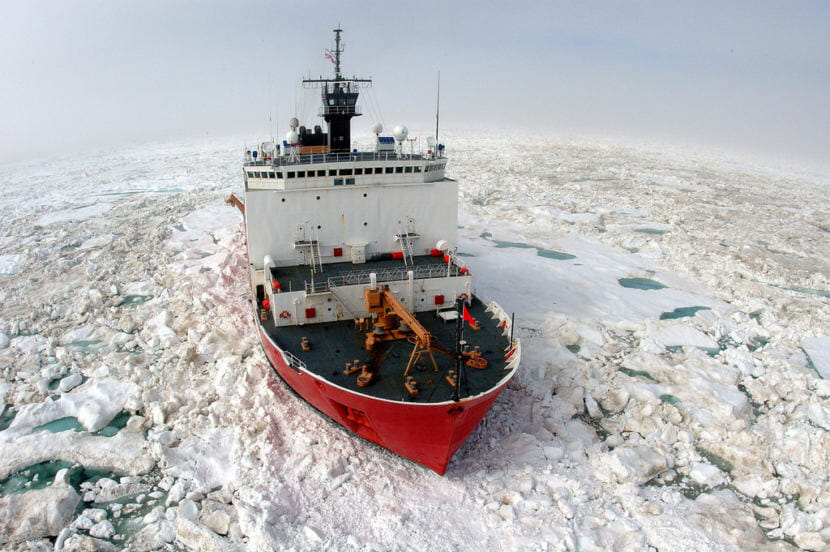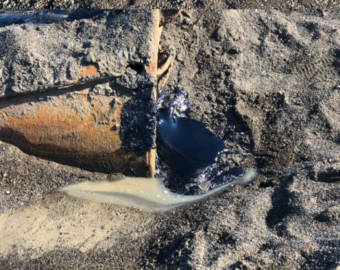
The United States and Russia have updated their plan for addressing pollutants across national boundaries in the Bering and Chukchi seas.
The agreement between the United States and Russia, known as the Joint Contingency Plan, has been in effect since 1989. The U.S. Coast Guard is the federal agency that does most of this work, working with counterparts at Russia’s Marine Rescue Service.
Coast Guard incident management official Mark Everett said the plan lays out protocols for pollution that spreads from one nation’s waters to the other’s.
“This agreement says, essentially, we will agree to notify you. We will agree to request assistance in the response if needed,” Everett said.
Everett said to date, there have been no joint responses to pollution like oil or marine debris along that boundary with Russia. However, he said the two entities regularly conduct exercises and share information on pollution within their boundaries.
“There was one recently in Kamchatka, on the Russian side, that the Russian Federation government shared information with the United States,” Everett said. “We offered assistance. They didn’t accept the offer of assistance, but that is part of the bilateral agreement — to share information about other incidents, even though they may not affect the other party.”
Everett said one of the major new features of the latest Joint Contingency Plan is the addition of what’s called an international coordination officer.
“Someone potentially from the U.S. Coast Guard, in the event of a joint response, could go over to the Russian side,” Everett said. “A Russian representative could come over to the U.S. side, and then we have embedded liaison officers.”
Everett said he’s hopeful that having the new positions will make it easier and more efficient for either nation to share information. He said U.S. and Russia officials plan to meet in the fall to discuss their next exercises related to marine pollution response across national boundaries.


